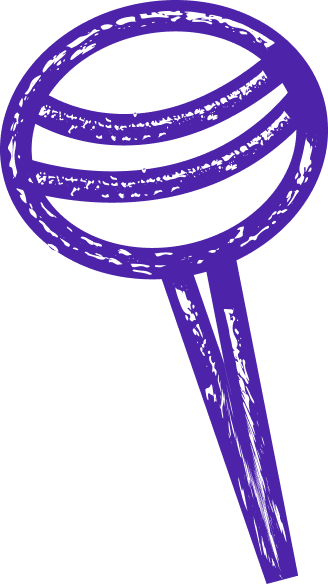
inheritance hierarchy
Inheritance hierarchy
What is Inheritance Hierarchy
In the world of software development, inheritance hierarchy plays a crucial role in organizing and structuring code. It is a fundamental concept that allows developers to create relationships between classes and objects, enabling code reuse and promoting a more efficient and maintainable development process. At Startup House, we understand the importance of inheritance hierarchy in building robust and scalable software solutions.
At its core, inheritance hierarchy refers to the hierarchical structure of classes in object-oriented programming. It allows for the creation of parent-child relationships, where a child class inherits properties and behaviors from a parent class. This inheritance mechanism forms the basis of code reuse, as it eliminates the need to duplicate code across multiple classes.
The key principle behind inheritance hierarchy is the concept of inheritance itself. Inheritance enables the creation of specialized classes that inherit common features from a base or parent class. This promotes code reusability and modularity, making it easier to maintain and update the codebase. By utilizing inheritance hierarchy, developers can build upon existing code without modifying the original class, thus reducing the chances of introducing bugs or errors.
Components of inheritance hierarchy include:
- Base Class: Also known as the parent class or superclass, the base class serves as the foundation for other classes in the hierarchy. It contains common properties and behaviors that can be inherited by its child classes.
- Derived Class: Also known as the child class or subclass, the derived class inherits properties and behaviors from its parent class. It can also add its own unique properties and behaviors, making it more specialized.
- Inheritance: The process by which a derived class inherits properties and behaviors from its parent class. Inheritance is achieved through the use of keywords such as "extends" in Java or "class" in C++.
- Overriding: In some cases, a derived class may need to modify or override certain properties or behaviors inherited from its parent class. This allows for customization and specialization of the derived class.
- Polymorphism: Polymorphism is another important concept related to inheritance hierarchy. It allows objects of different classes to be treated as objects of a common parent class, enabling flexibility and extensibility in the code.
At Startup House, we leverage the power of inheritance hierarchy to build scalable and maintainable software solutions. By carefully designing class hierarchies and utilizing inheritance, we ensure that our code is modular, reusable, and easy to maintain. Our experienced team of software developers understands the intricacies of inheritance hierarchy and employs best practices to create robust and efficient software applications.
In conclusion, inheritance hierarchy is a fundamental concept in software development that allows for code reuse, modularity, and maintainability. It forms the backbone of object-oriented programming and enables the creation of specialized classes that inherit properties and behaviors from a common base class. At Startup House, we recognize the importance of inheritance hierarchy in building high-quality software solutions, and we utilize it to deliver exceptional results to our clients.

